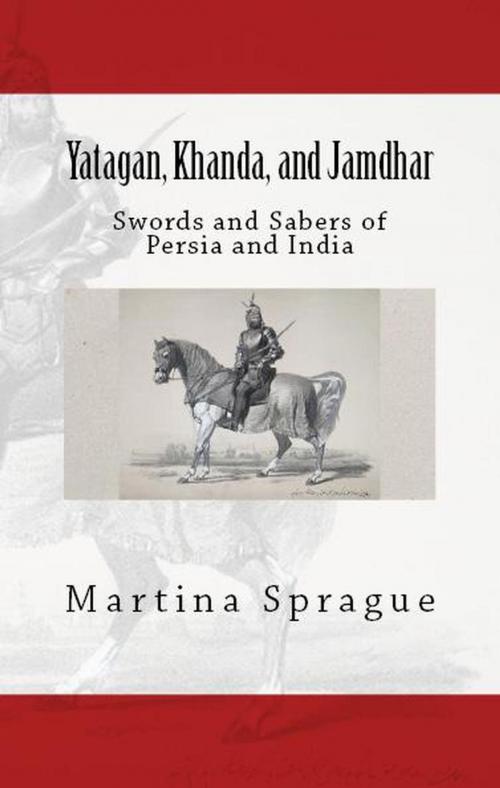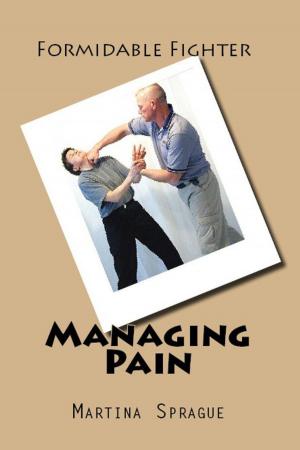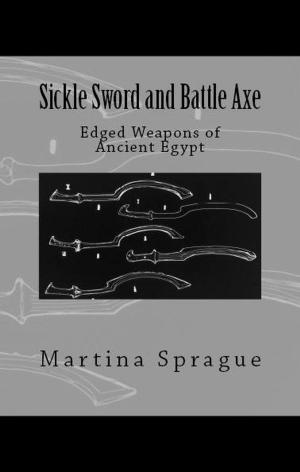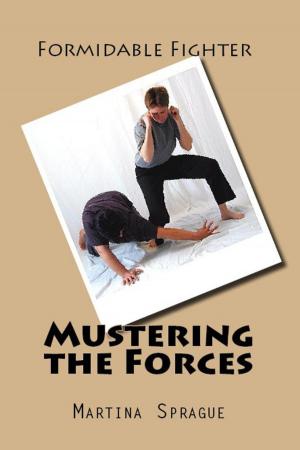Yatagan, Khanda, and Jamdhar: Swords and Sabers of Persia and India
Knives, Swords, and Bayonets: A World History of Edged Weapon Warfare, #6
Nonfiction, History, Military, Weapons| Author: | Martina Sprague | ISBN: | 9781540179067 |
| Publisher: | Martina Sprague | Publication: | March 17, 2018 |
| Imprint: | Language: | English |
| Author: | Martina Sprague |
| ISBN: | 9781540179067 |
| Publisher: | Martina Sprague |
| Publication: | March 17, 2018 |
| Imprint: | |
| Language: | English |
The important role that edged weaponry played in early Persia is evidenced by the region’s long history of metallurgic science, the sword’s mention in poetry, and its use as a sidearm to cavalry employing lance, mace, and bow. Edged weaponry proved no less important to the Ottoman Turks, who depicted the two-edged sword of Othman on the standard carried by the disciplined recruits, the corps of Janissaries, who served the sultan and defended the conquered Christian territories.
India, which bordered the Persian Empire, has a turbulent history as well, that speaks of long periods of foreign influence and threats from Islamic invaders. Although India adopted Persian-style weaponry, the many indigenous sword shapes and the ingenuity displayed in design testify to the important role the sword played as a weapon of war and an article of dress and status. The sword was no doubt a pragmatic battlefield weapon, as evidenced by its use in the extensive wars of the Mughals, Rajputs, and Sikhs.
This book starts with an overview of metallurgic science and the development of edged weapons in pre-historic Persia and India. Its main focus is the Common Era, however. Islamic culture and conflict in the pre-medieval period and through the Crusades is discussed first, including warfare against the Byzantine Empire. An examination of the use of the sword in the wars of the Ottoman Empire from the fifteenth century CE follows. Next the book explores warfare and the development of edged weapons in India from medieval times into near modern day. It touches on the Sikh Wars and India’s conflicts with the British Empire. The concluding remarks emphasize the sword as a lethal and reliable weapon into near modern day, and makes particular note of the philosophical value of the sword.
The important role that edged weaponry played in early Persia is evidenced by the region’s long history of metallurgic science, the sword’s mention in poetry, and its use as a sidearm to cavalry employing lance, mace, and bow. Edged weaponry proved no less important to the Ottoman Turks, who depicted the two-edged sword of Othman on the standard carried by the disciplined recruits, the corps of Janissaries, who served the sultan and defended the conquered Christian territories.
India, which bordered the Persian Empire, has a turbulent history as well, that speaks of long periods of foreign influence and threats from Islamic invaders. Although India adopted Persian-style weaponry, the many indigenous sword shapes and the ingenuity displayed in design testify to the important role the sword played as a weapon of war and an article of dress and status. The sword was no doubt a pragmatic battlefield weapon, as evidenced by its use in the extensive wars of the Mughals, Rajputs, and Sikhs.
This book starts with an overview of metallurgic science and the development of edged weapons in pre-historic Persia and India. Its main focus is the Common Era, however. Islamic culture and conflict in the pre-medieval period and through the Crusades is discussed first, including warfare against the Byzantine Empire. An examination of the use of the sword in the wars of the Ottoman Empire from the fifteenth century CE follows. Next the book explores warfare and the development of edged weapons in India from medieval times into near modern day. It touches on the Sikh Wars and India’s conflicts with the British Empire. The concluding remarks emphasize the sword as a lethal and reliable weapon into near modern day, and makes particular note of the philosophical value of the sword.















